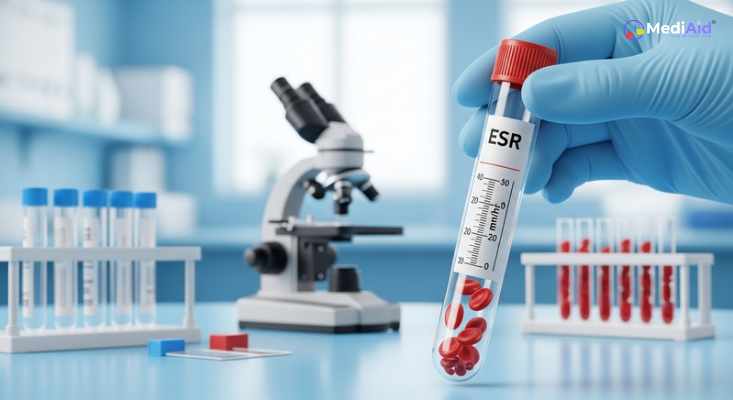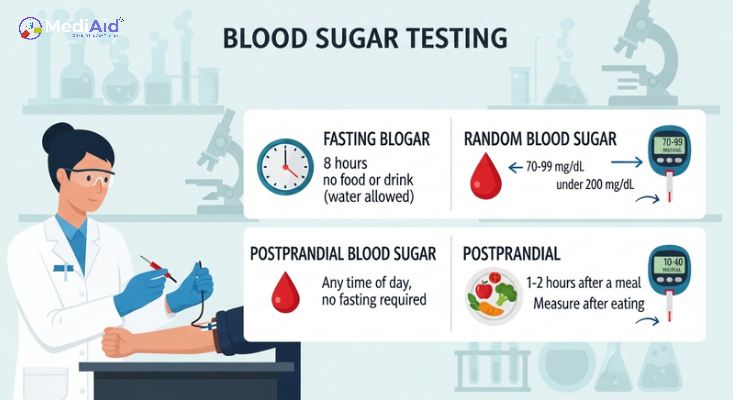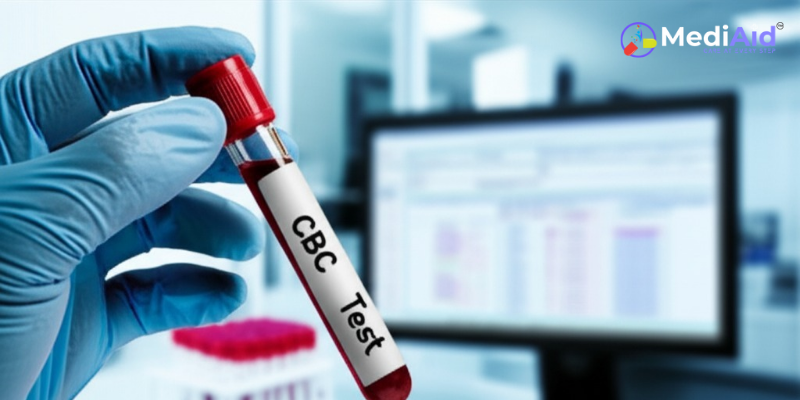What is ESR
Erythrocyte Sedimentation Rate (ESR) is a simple blood test that measures how fast red blood cells (erythrocytes) settle at the bottom of a test tube in one hour. A faster rate usually indicates inflammation or infection in the body.
This is a nonspecific test, meaning it cannot identify the exact cause but can signal the presence of disease.
Purpose of ESR Test
Doctors often order an ESR test to:
- Detect inflammation
- Help diagnose conditions like rheumatoid arthritis or lupus
- Monitor chronic diseases such as tuberculosis, cancer, or kidney disorders
- Investigate symptoms like:
- Persistent fever
- Fatigue or body pain
- Unexplained weight loss
Normal ESR Values
- Men under 50 years: up to 15 mm/hr
- Men over 50 years: up to 20 mm/hr
- Women under 50 years: up to 20 mm/hr
- Women over 50 years: up to 30 mm/hr
- Children: up to 10 mm/hr
- Newborns: up to 2 mm/hr
Note: Normal ranges may vary slightly between laboratories.
High ESR May Indicate
- Infections (e.g. pneumonia, TB)
- Autoimmune diseases (e.g. rheumatoid arthritis, lupus)
- Certain cancers (especially lymphoma or leukemia)
- Kidney disease
- Anemia
Low ESR May Indicate
- Polycythemia vera
- Sickle cell disease
- Dehydration
- High blood sugar (hyperglycemia)
- Increased white blood cell count
What Doctors Should Know
- ESR is not a diagnostic tool on its own
- Must be interpreted with other tests like CRP or CBC
- Serial ESR levels are more useful than a single result
- May remain elevated after the illness has resolved
What Patients Should Know
- It is a safe and simple blood test
- No fasting needed in most cases
- Results are usually available on the same day
- Inform your doctor if you are:
- Pregnant
- On any medication
- Recently sick or vaccinated
When to Get an ESR Test
You may need an ESR test if you have:
- Long-term fever
- Joint pain or swelling
- Chronic fatigue
- Sudden weight loss
- A known inflammatory disease being monitored
Summary
The ESR test is a low-cost, noninvasive test used to check for inflammation in the body. While it cannot confirm a specific illness, it helps guide doctors in diagnosis and disease monitoring. Both patients and healthcare providers benefit from understanding its role in medical evaluation.

 test.png)

